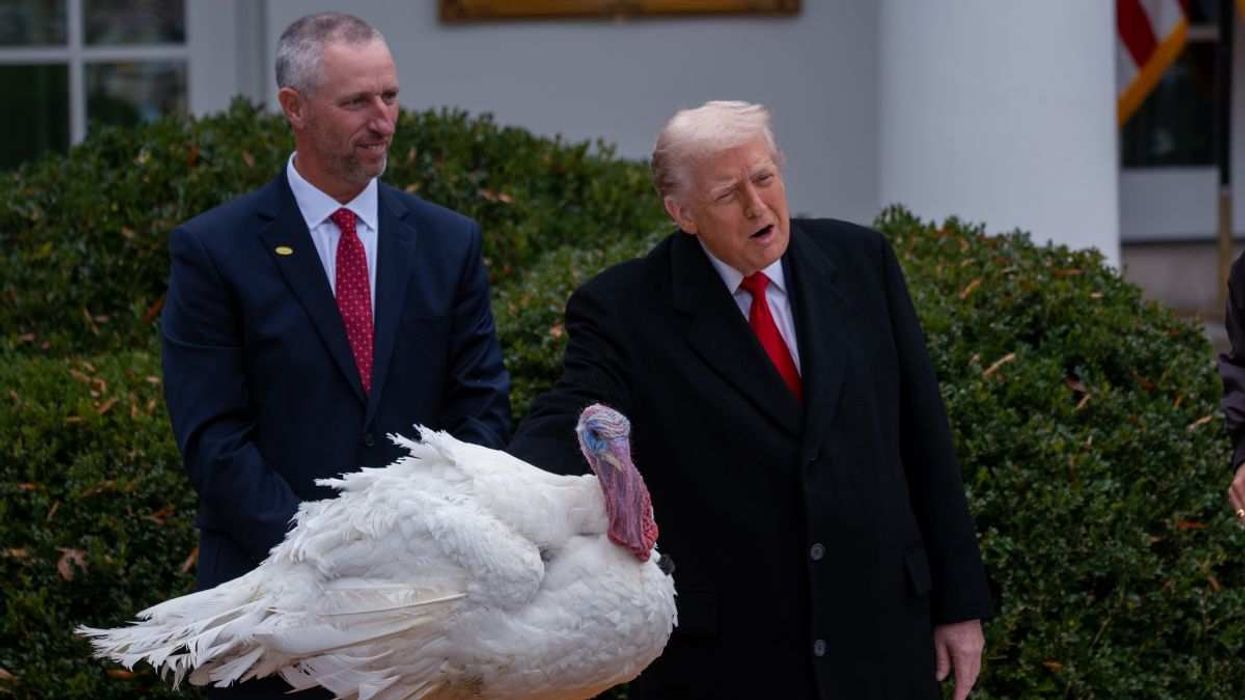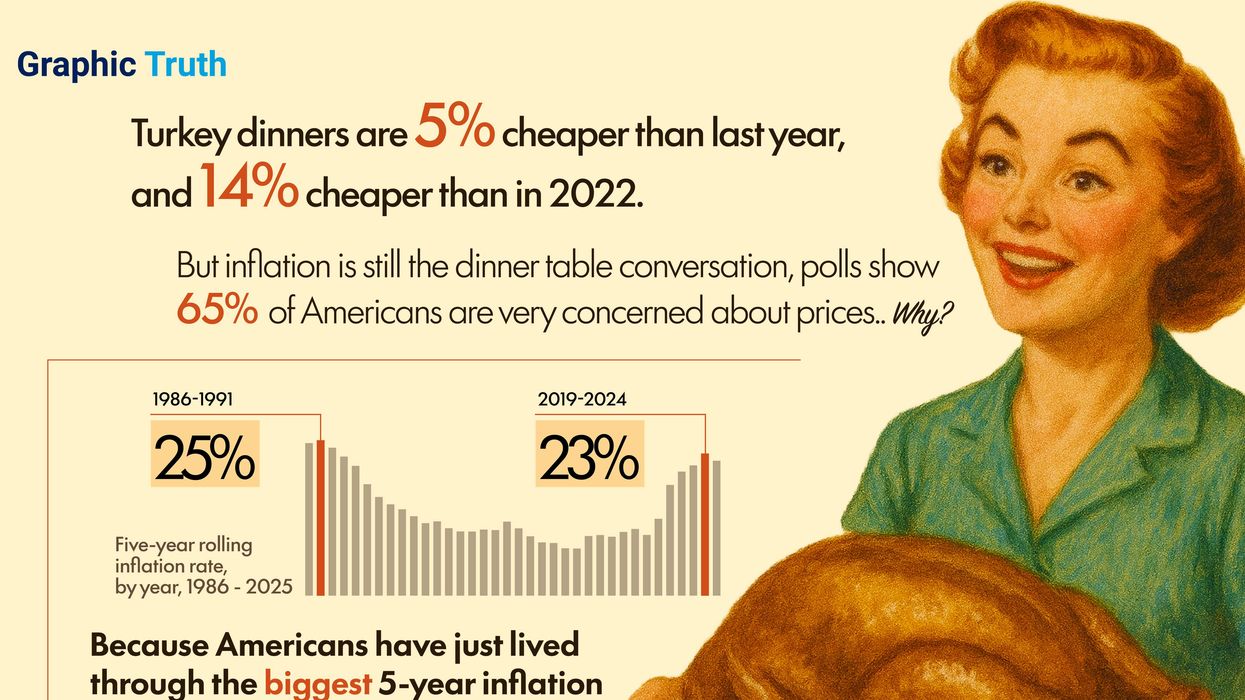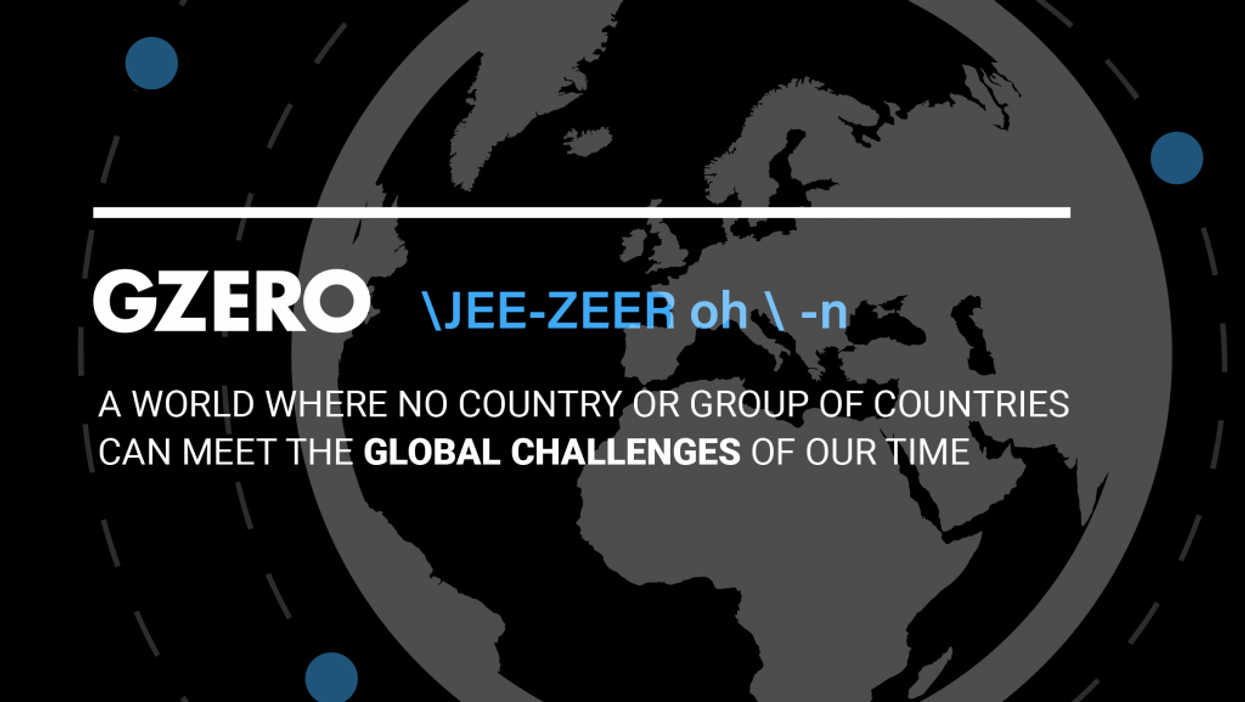In the days before President Joe Biden withdrew from November’s presidential election, Republican nominee Donald Trump was widely considered the favorite to win. But with the entrance of Vice President Kamala Harris into the race, most analysts now consider the race a toss-up. For now, Harris has the momentum in many polls. What would it take for her to be considered the favorite?
By some measures, Harris already has a slight advantage. Election analyst Nate Silver’s model, an aggregator of other respected polls, currently has Harris leading Trump nationally by 45.8% to 43.7%. She also holds (very) narrow leads in swing states Pennsylvania, Wisconsin, and Michigan, while Trump leads by equally thin margins in Georgia, North Carolina, Arizona, and Nevada. Other analysts and prediction sites show similar results.
For Harris to become the favorite, she’ll need a lead of three points or more nationally over a couple of weeks, because the electoral college probably provides Trump the same advantage he enjoyed in 2016 and George W. Bush held in 2000. In both those cases, the Republican won the election despite losing the national popular vote.
But Harris must also post 2-3% polling margins in either Pennsylvania or Georgia, perhaps the two most evenly split states in the country. That result would signal Harris is likely to earn the 270 electoral votes she needs to win the White House.



















